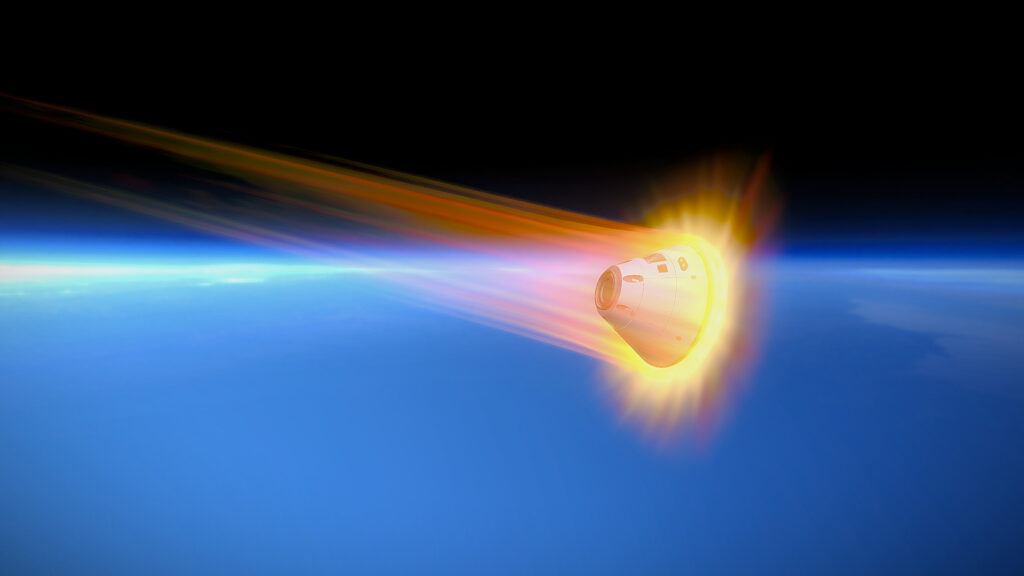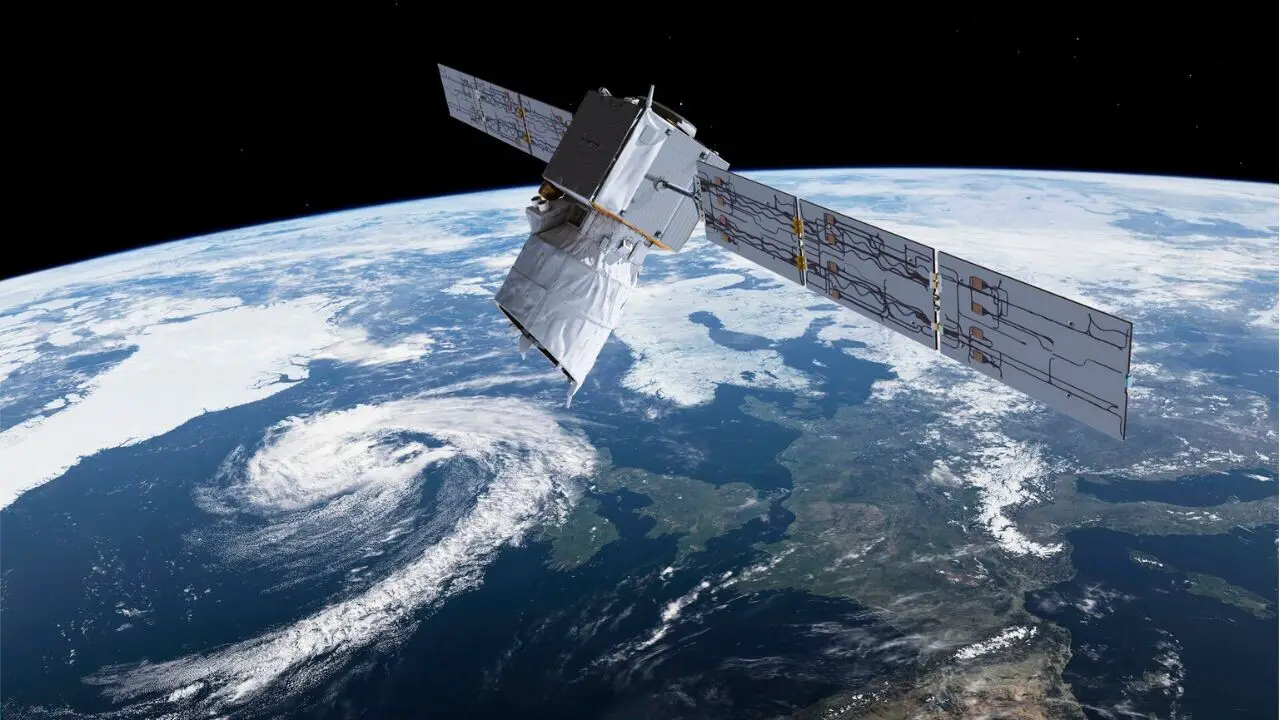Space exploration missions have been ongoing for almost a decade now. Most of the defunct satellites and spacecraft either become a part of debris called ‘space junk’ or burn upon re-entry. However, a new study suggests these satellites and burnt-up rockets are leaving a signature amount of non-native metal particles in the stratosphere.
Researcher Daniel Murphy at Chemical Sciences Laboratory, National Oceanic and Atmospheric Administration said that the impact of these particles on the health and environment is unlikely, however, they can pose a threat to future space missions if left unchecked.
Researchers used a NASA WB-57 high-altitude research plane that flew over the Arctic with PALMS or Particle Analysis by Laser Mass Spectrometer. It captured mass spectra of more than 500K aerosol particles in the stratosphere, the second-lowest layer in the Earth’s atmosphere. This is due to the burnt-up rockets and satellites upon re-entry when they release aerosolized metals that attach themselves to sulfuric acid particles and remain in the atmosphere for an unknown duration.
The paper was published in the Proceedings of the National Academy of Sciences. It points out they found common elements such as magnesium, chromium, nickel, ion, and sodium that are available in the stratosphere. However, what’s triggering is the fact that there were 20 distinct elements in the atmosphere that aren’t native and a product of burnt-up satellites upon re-entry.

This includes niobium, hafnium, lithium, copper, and aluminum and almost 10% of the sulfuric acid particles found in the stratosphere bind to these elements. Apart from the ones mentioned above, researchers found trace amounts of titanium, zinc, beryllium, magnesium, lead, iron, and silver in different ratios much akin to the ones found in spacecraft.
The paper states there’s no evidence that these particles interact or affect humans directly. However, there’s always a fear that the existence of non-native metals at an altitude higher than commercial flights could have knock-on effects on the rest of the atmosphere. Accumulation of such particles could be detrimental to future missions given the fact that space missions have become more commercialized than ever.
SpaceX alone is expected to launch 100 missions this year and 144 in 2024 to set up a satellite constellation for Starlink. Other companies are attempting to launch satellites and spacecrafts too which means there’s a potent threat for future missions.








